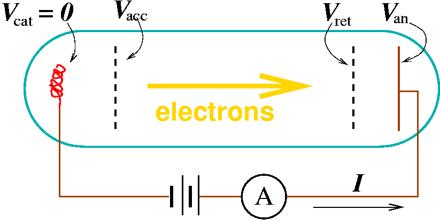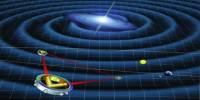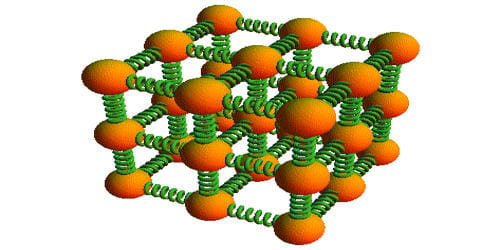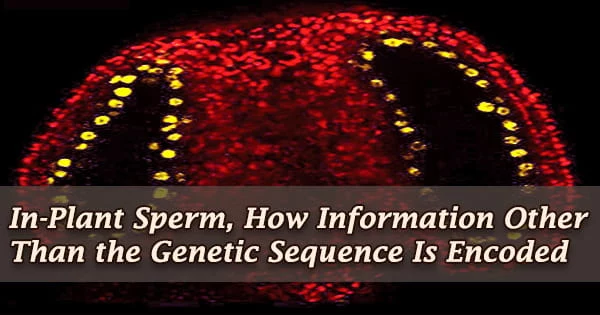Franck–Hertz Experiment is demonstrated the existence of excited states in mercury atoms, helping to confirm the quantum theory which predicted that electrons occupied only discrete, quantized energy states. This experiment supports Bohr model of atom. It was presented on April 24, 1914 to the German Physical Society in a paper by James Franck and Gustav Hertz. They discovered that, when an electron collided with a mercury atom, it could lose only a specific quantity (4.9 electron volts) of its kinetic energy before flying away. It combines the physics of collision with the results of optical spectroscopy.
Franck–Hertz Experiment
















